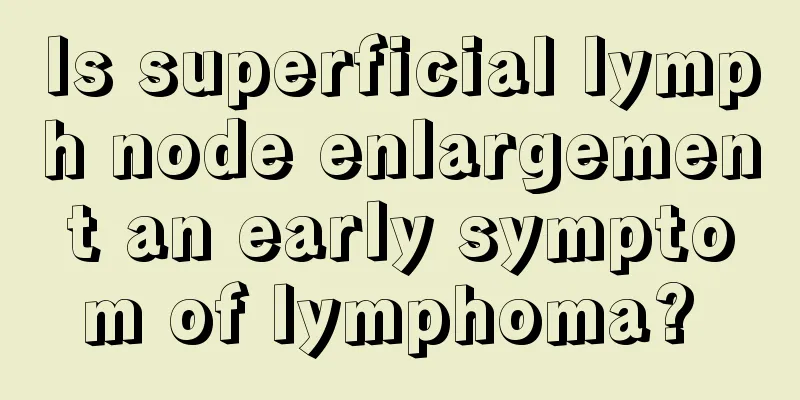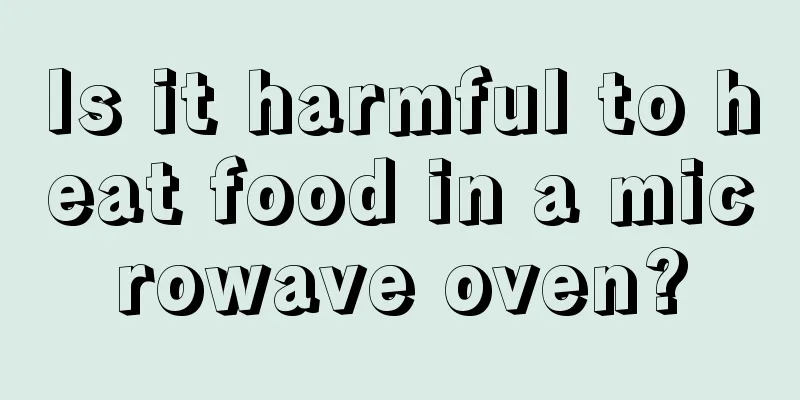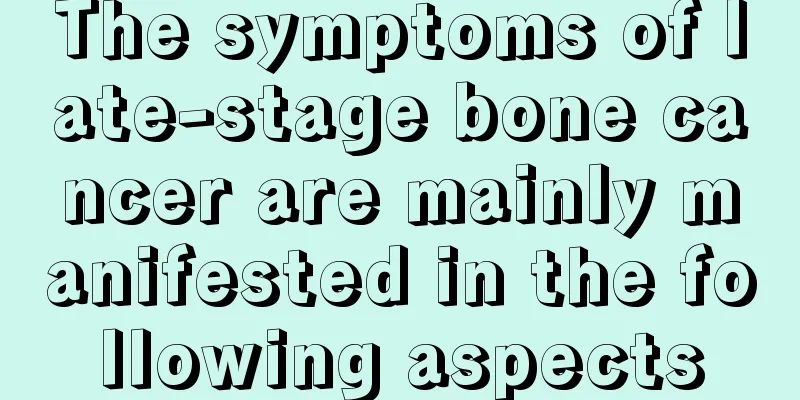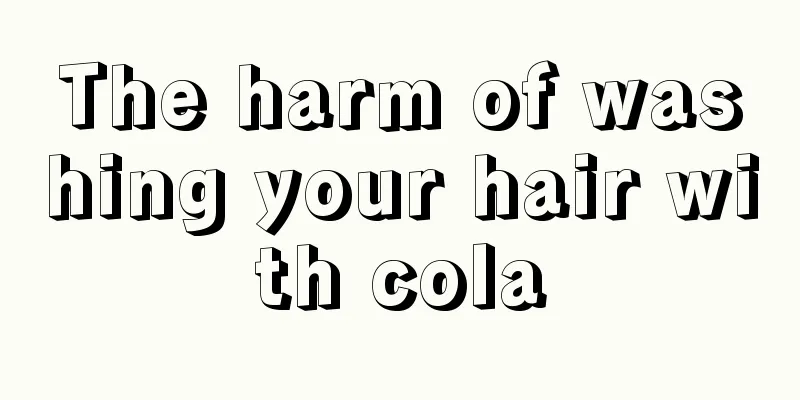What are the dangers of lumbar spinal stenosis?

|
The lumbar vertebra is a part of the spine, and almost all the weight borne by the lumbar vertebra comes from the upper body. Therefore, the lumbar vertebra is also a part that is prone to disease. The lumbar vertebra must be protected at ordinary times, otherwise it is easy to induce lumbar disease, which brings a greater burden on health. The elderly are the main group of people who suffer from the disease. For example, lumbar spinal stenosis is a common disease that causes great damage to the patient's life, causing the patient to lose the ability to work, etc. There are many other harms of lumbar spinal stenosis. For details, you can see the following explanation of the hazards of lumbar spinal stenosis. I hope that middle-aged and elderly people must understand it. 1. Intermittent claudication: When the patient stands upright or walks, he or she has gradually increasing pain, numbness, heaviness, fatigue and other sensations in the lower limbs, so that he or she has to change posture or stop walking. The symptoms may be alleviated or disappear after squatting or resting for a while, but if he or she continues to stand or walk, the symptoms will reappear and he or she will be forced to rest again. 2. Lower back pain: Most patients with lumbar spinal stenosis have a history of lower back pain or suffer from lower back pain. The pain is generally mild and will be relieved or disappear by bed rest. There is no restriction on lumbar flexion, but extension is often limited. However, there are also cases where the pain is limited to the waist and buttocks. In addition, patients often describe radiating burning, numbness, tenderness, or weakness in the lower extremities. 3. Symptoms and signs of nerve root compression: Nerve root canal stenosis causes corresponding symptoms and signs of nerve root compression or irritation. Some patients present with intermittent claudication, others present with persistent radicular symptoms, mostly soreness, numbness, distension, and shooting pain, with varying degrees of pain. The location of radicular symptoms is related to the compressed nerve root, manifested as decreased pinprick sensation, abnormal pain sensation, weakened muscle strength and abnormal tendon reflexes in the corresponding radicular distribution area. 4. Cauda equina compression: Lumbar spinal stenosis can cause compression of the cauda equina, resulting in symptoms and signs in the saddle area and sphincter symptoms. In severe cases, symptoms of urinary and bowel and sexual dysfunction may occur. |
<<: Are there any side effects of masseter muscle massage?
>>: What should I do if there are large white flakes on my scalp?
Recommend
What are the symptoms of lack of sleep? People who often stay up late must know
In recent years, with the increasing pressure of ...
Check what diseases are related to shadows in the lungs
Shadows in the lungs can usually be detected thro...
What to do if you discover colorectal cancer in its early stages
With the continuous development of society, the n...
Symptoms of atrophic urethritis
Atrophic urethritis is a chronic disease. Patient...
Subacute thyroiditis
When it comes to subacute thyroiditis, I believe ...
What is the chance of a daughter inheriting colon cancer?
The incidence of colorectal cancer is increasing ...
How to quickly remove odor after renovation
Now that living conditions have improved, everyon...
Can I prepare saline solution myself?
Physiological saline is widely used in daily life...
Causes of cholecystitis
For patients with cholecystitis, the most painful...
Is liver cancer resection minimally invasive or open-chest?
Whether liver cancer resection is minimally invas...
There are 4 dietary treatments available for patients with colorectal cancer
Patients with colorectal cancer should adjust the...
What is interstitial colon disease
Interposition colon is a very common disease, but...
Does pelvic repair really work?
For new mothers, their bodies will gradually reco...
What is the psychological care for patients with advanced renal cancer?
In recent years, kidney cancer has become one of ...
Gastrointestinal neurosis
Gastrointestinal neurosis is a common disease now...









